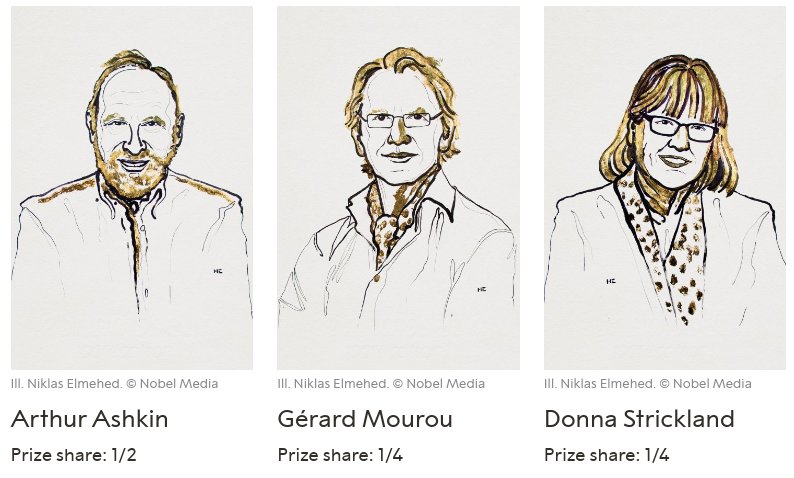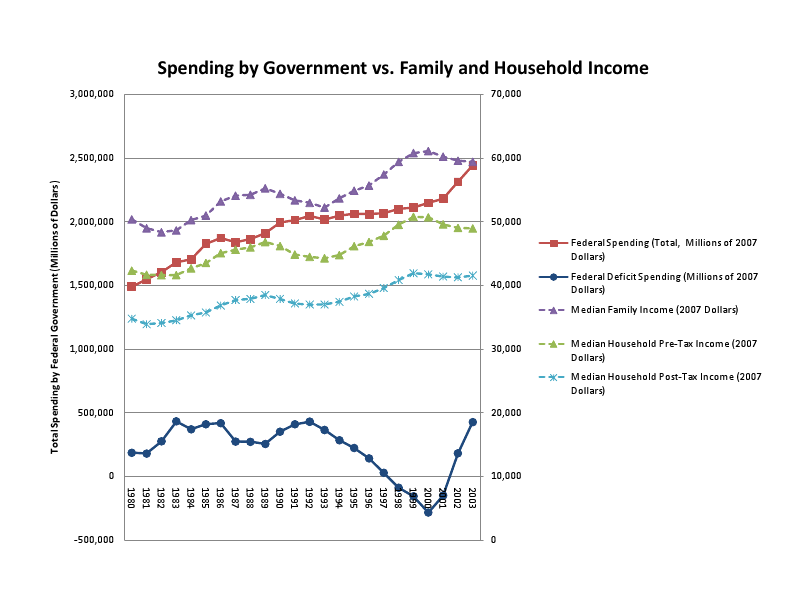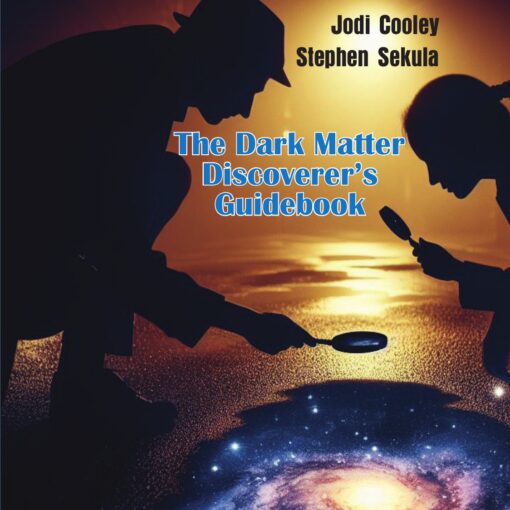
I woke up a little late this morning. I wanted to be up at 4:30am. It was 4:40 when I realized the alarm I had set the night before was going off, and I pulled myself out of bed. Jodi was already up, working on her class prep for the week. I grabbed a cup of coffee and headed upstairs to my office to connect to NobelPrize.org and listen to the announcement of the 2018 Nobel Prize in Physics (“… no earlier that 11:45am” European Central Time, as their website always says).
“I think the internet is down again,” Jodi said as she sat at the writing desk in my office. I sat down at my computer desk, and verified it – our internet connection to the outside world was out, as it had been on Sunday when I returned from a conference in Sweden. We tried a few things with the cable modem, but nothing worked. So, I fired up the LTE connection on my iPad and connected to the live stream of the announcement a few minutes late.
They were still in the part in Swedish, but a minute or so after we connected, they switched to the English version: the prize for physics was awarded…
…for groundbreaking inventions in the field of laser physics” with one half to Arthur Ashkin “for the optical tweezers and their application to biological systems”, the other half jointly to Gérard Mourou and Donna Strickland “for their method of generating high-intensity, ultra-short optical pulses.”
When I first saw a demonstration of optical tweezers in 1998, it was in the summer at a CERN colloquium by then new Nobel Laureate, Steve Chu. Optical tweezers were thre basis of his own prize, and so it was fitting the the optical tweezer breakthrough itself would one day be highlighted by the Swedish Academy of Science and the Nobel Prize. LASIK surgery, among many other applications, were enabled by the other half of the prize. The ability to generate ultra-short, highly intense pulses of laser light have made a great deal of modern technology possible. The seeds of all that were planted by the 1985 paper on chirped pulse amplification by Strickland and Mourou. This was the subject of Strickland’s Ph.D. research, and by the time she earned her Ph.D. in 1989 she and Mourou had also demonstrated the first tabletop Terawatt laser prototype. Not bad for a Ph.D.!
As I put together my slides for the beginning of my introductory physics class today, other interesting things came to my attention. Ashkin was drafted to serve in WWII but put into the enlisted reserve to work on the technology for radar at the Columbia Radiation Laboratory. Mourou has a very thin paper trail on the web, making learning more about his career more difficult then the other two. Strickland has been the President of the Optical Society but is only an Associate Professor at her university (which makes me wonder about promotion standards at her university, and then fear for them at my own).
You learn a lot from a Nobel Prize… and not always what you expect.



